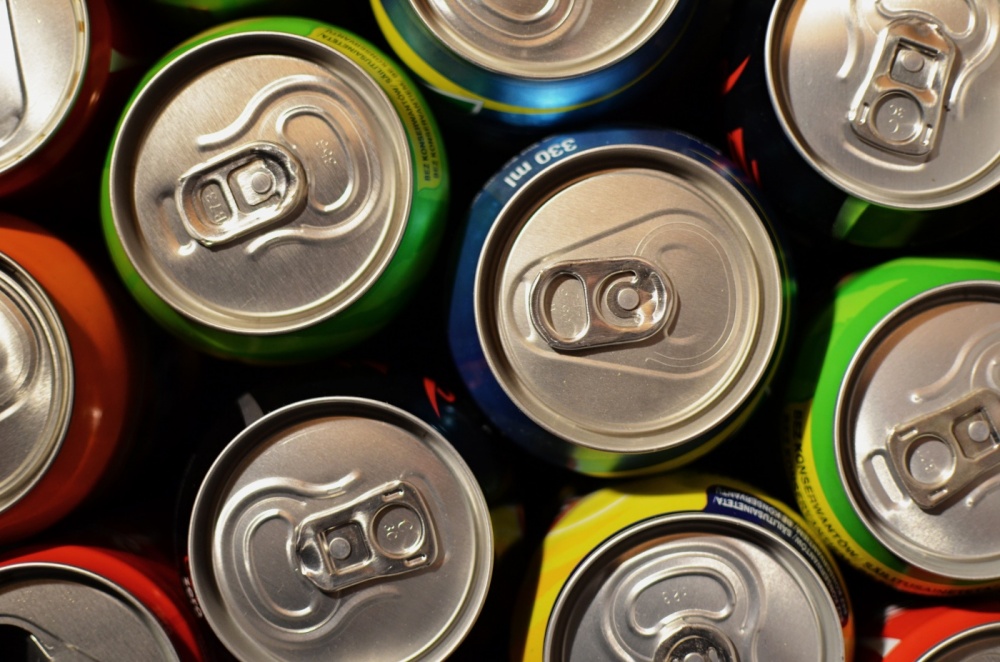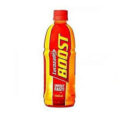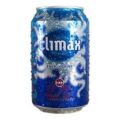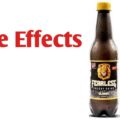Soft drinks are enormously popular beverages consisting primarily of carbonated water, sugar, and flavorings. Nearly 200 nations enjoy the sweet, sparkling soda with an annual consumption of more than 34 billion gallons. Soft drinks rank as America’s favorite beverage segment, representing 25% of the total beverage market. In the early 1990s per capita consumption of soft drinks in the U.S. was 49 gallons, 15 gallons more than the next most popular beverage, water.
The roots of soft drinks extend to ancient times. Two thousand years ago Greeks and Romans recognized the medicinal value of mineral water and bathed in it for relaxation, a practice that continues to the present. In the late 1700s Europeans and Americans began drinking the sparkling mineral water for its reputed therapeutic benefits. The first imitation mineral water in the U.S. was patented in 1809. It was called “soda water” and consisted of water and sodium bicarbonate mixed with acid to add effervescence. Pharmacists in America and Europe experimented with myriad ingredients in the hope of finding new remedies for various ailments. Already the flavored soda waters were hailed as brain tonics for curing headaches, hangovers, and nervous afflictions.
Pharmacies equipped with “soda fountains” featuring the medicinal soda water soon developed into regular meeting places for local populations. Flavored soda water gained popularity not only for medicinal benefits but for the refreshing taste as well. The market expanded in the 1830s when soda water was first sold in glass bottles. Filling and capping the gaseous liquid in containers was a difficult process until 1850, when a manual filling and corking machine was successfully designed. The term “soda pop” originated in the 1860s from the popping sound of escaping gas as a soda bottle was opened.
What Is The Healthiest Soft Drink?
Carbonated water constitutes up to 94% of a soft drink. Carbon dioxide adds that special sparkle and bite to the beverage and also acts as a mild preservative. Carbon dioxide is an uniquely suitable gas for soft drinks because it is inert, non-toxic, and relatively inexpensive and easy to liquefy. The second main ingredient is sugar, which makes up 7-12% of a soft drink. Used in either dry or liquid form, sugar adds sweetness and body to the beverage, enhancing the “mouth-feel,” an important component for consumer enjoyment of a soft drink. Sugar also balances flavors and acids. A broader soft drink range includes organic drinks, juices, health shots, kombuchas, natural energy drinks and carbonated products.
The healthiest soft drinks should contain little or no fat especially the harmful trans fats, but can contain healthy dietary fats, such as omega-3s and omega-6s. A healthy soft drink should provide dietary protein advantage to help in muscle growth, appetite control, tissue repair, bone health, and healthy aging. Most importantly a healthy soft drink should be a reservoir of vitamins and minerals. Essential nutrients, such as potassium, calcium, or iron and vitamins like A, C, E, D, K, or B are vital for any drink to be classified and nutritious or healthy
Soft drink manufacturers have been quick to respond to consumer preferences. In 1962 diet colas were introduced in response to the fashion of thinness for women. In the 1980s the growing health consciousness of the country led to the creation of caffeine-free and low-sodium soft drinks. The 1990s ushered in clear colas that were colorless, caffeine-free, and preservative-free.
A health drink should be low in caffeine. Low levels of caffeine have been shown to improve brain function, help with focus and make workouts stronger and more effective, per the American Heart Association.
Harmful Effects Of Soft Drinks On Human Body
There are 4.2 grams of sugar in a single teaspoon. Now, imagine scooping up 7 to 10 teaspoons full of sugar and dumping it into your 12-ounce glass of water. Does that sound too sweet? You may be surprised to learn that’s how much added sugar is in the typical can of soda. This can be a useful tip to visualize just how much sugar is in your drink.
When it comes to ranking beverages best for our health, sugary drinks fall at the bottom of the list because they provide so many calories and virtually no other nutrients. People who drink sugary beverages do not feel as full as if they had eaten the same calories from solid food, and research indicates they also don’t compensate for the high caloric content of these beverages by eating less food. The average can of sugar-sweetened soda or fruit punch provides about 150 calories, almost all of them from added sugar. If you were to drink just one of these sugary drinks every day, and not cut back on calories elsewhere, you could gain up to 5 pounds in a year. Beyond weight gain, routinely drinking these sugar-loaded beverages can increase the risk of type 2 diabetes, heart disease, and other chronic diseases. Furthermore, higher consumption of sugary beverages has been linked with an increased risk of premature death.





